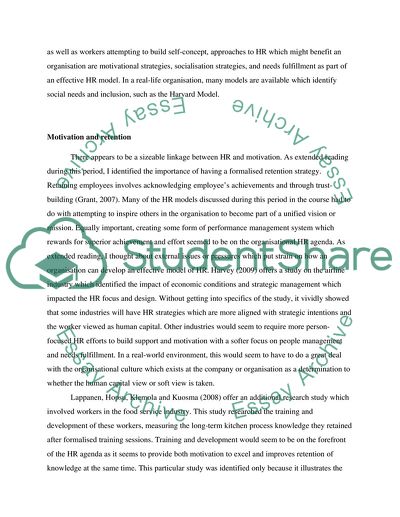Cite this document
(Extended Learning in HR Function Research Paper - 1, n.d.)
Extended Learning in HR Function Research Paper - 1. Retrieved from https://studentshare.org/human-resources/1723776-reflective-journal
Extended Learning in HR Function Research Paper - 1. Retrieved from https://studentshare.org/human-resources/1723776-reflective-journal
(Extended Learning in HR Function Research Paper - 1)
Extended Learning in HR Function Research Paper - 1. https://studentshare.org/human-resources/1723776-reflective-journal.
Extended Learning in HR Function Research Paper - 1. https://studentshare.org/human-resources/1723776-reflective-journal.
“Extended Learning in HR Function Research Paper - 1”, n.d. https://studentshare.org/human-resources/1723776-reflective-journal.


